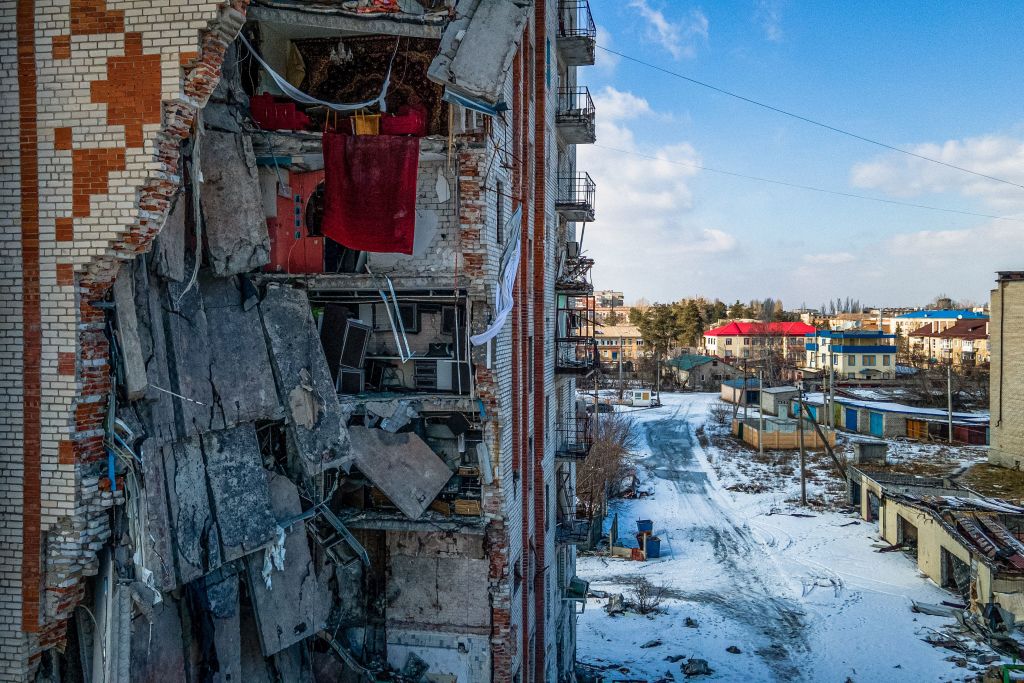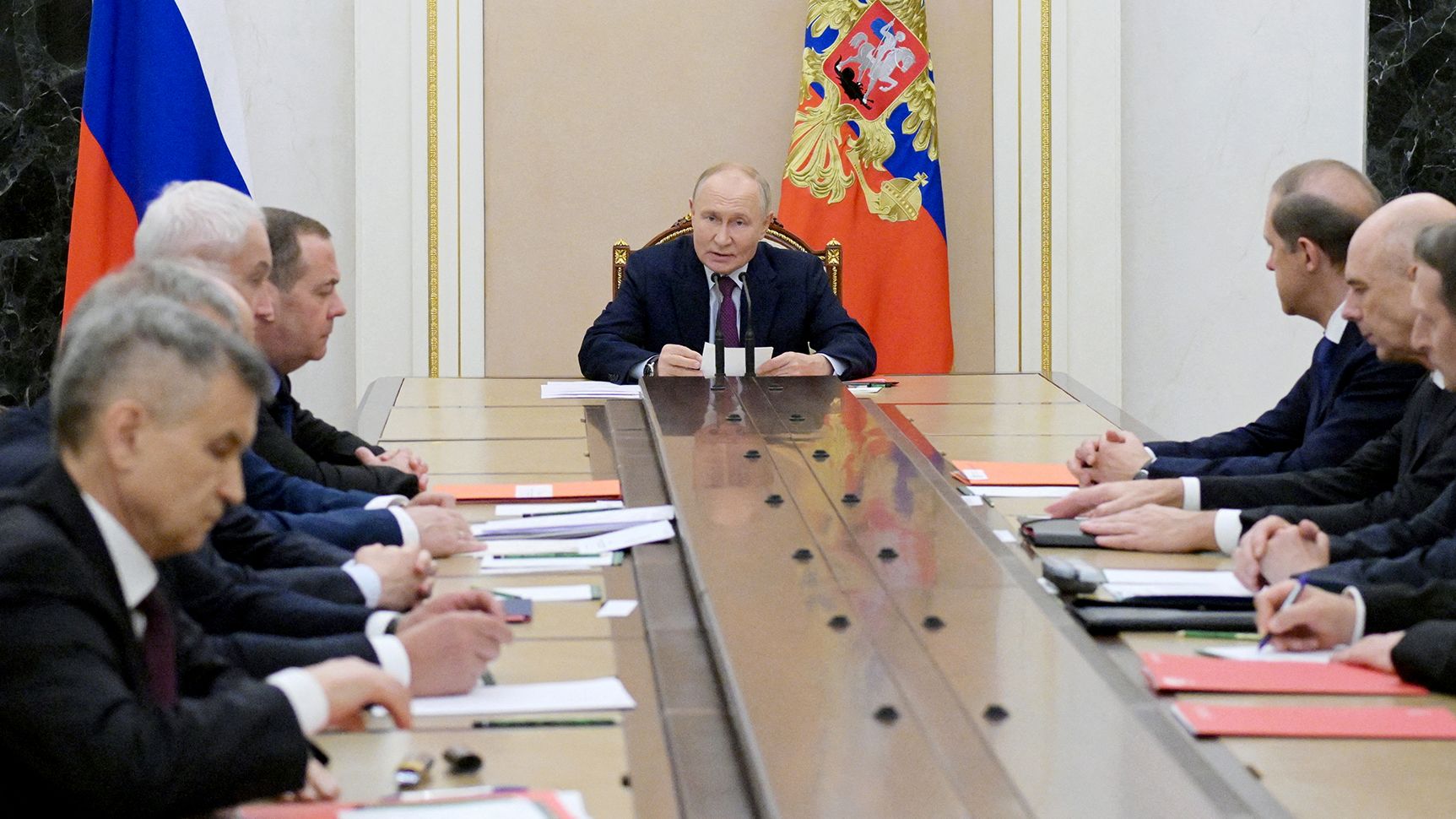Russia has captured the key eastern Ukrainian town of Vuhledar, marking the end of months of resistance and highlighting the significant challenges Ukraine faces as it approaches its third winter in wartime.
Footage verified shows Russian troops waving their flag over the ruins of the town’s city hall. Vuhledar, which once had a population of around 14,000, now has just over a hundred residents.
Ukraine’s military confirmed its withdrawal from Vuhledar on Wednesday, explaining that Russian forces had successfully deployed reserves along the flanks, creating a “threat of encirclement.” The withdrawal, they stated, was made “to save personnel and military equipment.”
One of Russian President Vladimir Putin’s key objectives is to capture the entire eastern Donbas region.
Russia has been making incremental gains in the area this year, and the loss of Vuhledar coincides with Ukrainian President Zelensky’s return from a meeting with U.S. President Joe Biden, where his primary requests were not fulfilled.
Putin’s nuclear warning came as Ukraine urged the U.S. to provide long-range weapons that could strike deep into Russian territory.
Vuhledar, a town built around a coal mine (its name comes from the Ukrainian word for coal), is situated about 30 miles (50 km) south of Pokrovsk, a key focal point for Russia’s eastern offensive.
Although Vuhledar is not a major transport or logistics hub like Pokrovsk, its fortified position made it a crucial stronghold at the juncture of Ukraine’s eastern and southern fronts.
Russian war blogger Boris Rozhin noted that the victory was “operational, if not operational-strategic” due to Vuhledar’s elevated position, which had posed a constant threat to Russian forces covering the approaches to Mariupol, the southern Ukrainian city that has been under Russian control since 2022.

War-Torn Ukraine (Photo: Getty Images)
Much like Avdiivka, another strategic town that fell earlier in February, Vuhledar’s loss was less about Russian strategy and more about attrition through brute force. Ukraine had defended the town for two years, repelling multiple Russian assaults.
In February 2023, a failed Russian assault on Vuhledar drew sharp criticism from pro-Kremlin military bloggers, as hundreds of Russian soldiers marched directly into the path of Ukrainian artillery fire from the town’s high-rise buildings.
Russian blogger Voenkor Kotenok acknowledged the cost of this victory, remarking, “It’s painful. Vuhledar, or rather those who defended it, took a heavy toll.”
Now, it is Ukraine that faces difficult questions. The capture of Vuhledar emphasizes Russia’s advantage in manpower, even after four months of Ukraine’s mobilization efforts.
Ukrainian soldier and blogger Stanislav Buniatov criticized the situation on Telegram, lamenting that soldiers had to retreat from Vuhledar in small groups, while under fire from Russian drones. He also claimed that some of the wounded were left “to be shot by the enemy.”
The timing of this defeat is particularly impactful for Kyiv.
It comes just two months after Ukraine expanded its battlefield operations into Russia’s Kursk region—a move aimed at easing pressure on other fronts and reversing Russian advances in the east and the northern Kharkiv region.
The loss of Vuhledar also follows Ukrainian President Zelensky’s return from a high-stakes diplomatic trip to the U.S., where he secured promises of new aid but no NATO-style security guarantees or permission to use Western missiles inside Russia.
A week before the town’s fall, Zelensky told ABC News that “we are closer to peace than we think.” However, with Vuhledar lost, Ukraine now faces the challenge of preventing Russia from advancing further west, which makes the prospect of reclaiming lost territory even more distant.
Additionally, Russian attacks on Ukraine’s energy infrastructure continue unabated. The International Energy Agency has warned that “this winter will be, by far, its sternest test yet.”











































